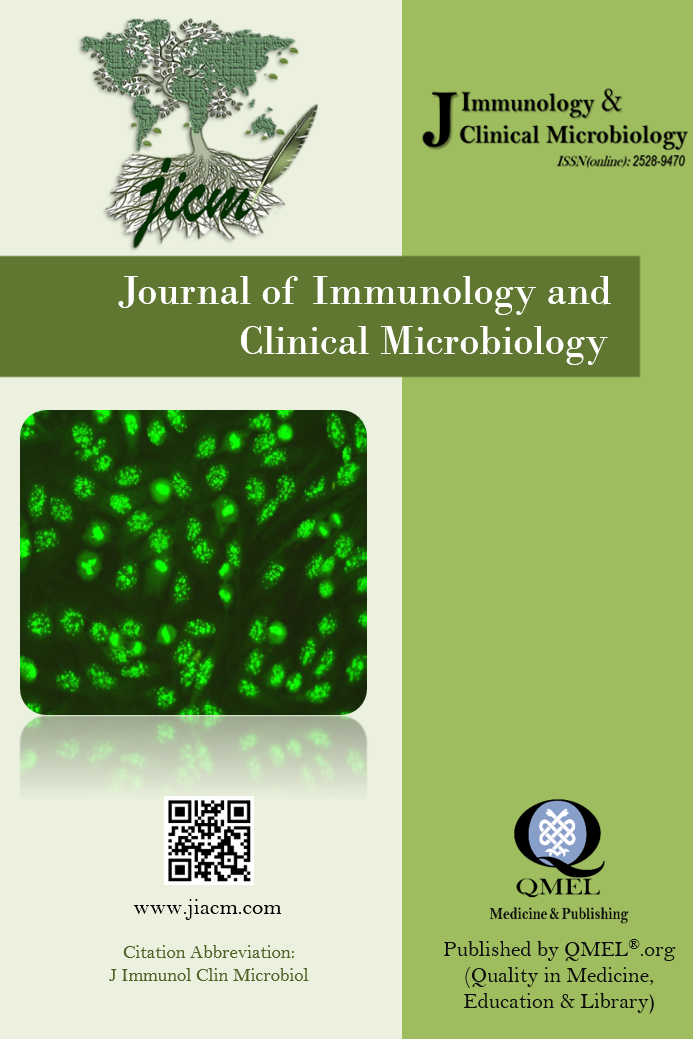Storage Conditions for Blood Samples, for Later Analysis in Criminal Prosecution
Storage Conditions for Blood Samples, for Later Analysis in Criminal Prosecution
Backround: Aim of this study was to demonstrate the stability of blood–ethanol concentration over a storage period. The precise storage time during which ethanol can be reliably measured in frozen blood samples is unknown. Materials and Methods: In study A, samples were thawed and reanalyzed for ethanol content; their storage time since the first analysis ranged from one to 295 days. The percent difference between the first and second ethanol measurements was calculated as lost ethanol (%). For study B, the ethanol concentrations of 34 samples were measured within 180 days of, and at a randomly selected interval from, the working day. Results: In study A, the calculated lost ethanol values ranged from 1% to 30%. There was no correlation between the calculated ethanol values and the measures on the second ethanol analysis day. A significant difference was detected between the two analyses in study B (p: 0.01). Conclusions: It was concluded that blood samples to be analyzed for ethanol concentration can be stored at –80°C for many months, with no loss of concentration provided that analysis is undertaken as promptly as possible and blood samples are frozen as soon after collection as possible.
Keywords:
Ethanol, stability, forensic medicine,
___
- 1. Latino-Martel P, Cottet V, Druesne-Pecollo N, Pierre FH, Touillaud M, Touvier M, et al. Alcoholic beverages, obesity, physical activity and other nutritional factors, and cancer risk: A review of the evidence. Critical reviews in oncology/hematology. 2016;99:308-23.
- 2. Saracevic A, Simundic AM, Dukic L. The stability of ethanol in unstoppered tubes. Clinical biochemistry. 2014;47(1-2):92-5.
- 3. Zamengo L, Frison G, Tedeschi G, Frasson S. Forensic-metrological considerations on assessment of compliance (or non-compliance) in forensic blood alcohol content determinations: A case study with software application. Forensic science international. 2016;265:144-52.
- 4. Khiabani HZ, Christophersen AS, Morland J. [Routines upon suspicion of driving under influence]. Tidsskrift for den Norske laegeforening : tidsskrift for praktisk medicin, ny raekke. 2007;127(5):618-9.
- 5. Sleet DA, Mercer SL, Cole KH, Shults RA, Elder RW, Nichols JL. Scientific evidence and policy change: lowering the legal blood alcohol limit for drivers to 0.08% in the USA. Global health promotion. 2011;18(1):23-6.
- 6. Murphy B. Motor accidents and blood samples in New South Wales. Journal of law and medicine. 2008;15(4):644-53.
- 7. Sklerov JH, Couper FJ. Calculation and verification of blood ethanol measurement uncertainty for headspace gas chromatography. Journal of analytical toxicology. 2011;35(7):402-10.
- 8. Plebani M. Errors in clinical laboratories or errors in laboratory medicine? Clinical chemistry and laboratory medicine. 2006;44(6):750-9.
- 9. Alsina MJ, Alvarez V, Barba N, Bullich S, Cortes M, Escoda I, et al. Preanalytical quality control program - an overview of results (2001-2005 summary). Clinical chemistry and laboratory medicine. 2008;46(6):849-54.
- 10. Winek CL, Paul LJ. Effect of short-term storage conditions on alcohol concentrations in blood from living human subjects. Clinical chemistry. 1983;29(11):1959-60.
- 11. Winek T, Winek CL, Wahba WW. The effect of storage at various temperatures on blood alcohol concentration. Forensic science international. 1996;78(3):179-85.
- 12. Penetar DM, McNeil JF, Ryan ET, Lukas SE. Comparison among plasma, serum, and whole blood ethanol concentrations: impact of storage conditions and collection tubes. Journal of analytical toxicology. 2008;32(7):505-10.
- 13. Kocak FE, Isiklar OO, Kocak H, Meral A. Comparison of blood ethanol stabilities in different storage periods. Biochemia medica. 2015;25(1):57-63.
- 14. Mies GW, Verweij KJH, Treur JL, Ligthart L, Fedko IO, Hottenga JJ, et al. Polygenic risk for alcohol consumption and its association with alcohol-related phenotypes: Do stress and life satisfaction moderate these relationships? Drug and alcohol dependence. 2018;183:7-12.
- 15. Zailer E, Diehl BW. Alternative determination of blood alcohol concentration by (1)H NMR spectroscopy. Journal of pharmaceutical and biomedical analysis. 2016;119:59-64.
- 16. Brown GA, Neylan D, Reynolds WJ, Smalldon KW. The stability of ethanol in stored blood. I. Important variables and interpretation of results. Analytica chimica acta. 1973;66(2):271-83.
- 17. Kristoffersen L, Stormyhr LE, Smith-Kielland A. Headspace gas chromatographic determination of ethanol: the use of factorial design to study effects of blood storage and headspace conditions on ethanol stability and acetaldehyde formation in whole blood and plasma. Forensic science international. 2006;161(2-3):151-7.
- 18. Westland JL, Dorman FL. Comparison of SPME and static headspace analysis of blood alcohol concentration utilizing two novel chromatographic stationary phases. Forensic science international. 2013;231(1-3):e50-6.
- 19. Orton DJ, Boyd JM, Affleck D, Duce D, Walsh W, Seiden-Long I. One-step extraction and quantitation of toxic alcohols and ethylene glycol in plasma by capillary gas chromatography (GC) with flame ionization detection (FID). Clinical biochemistry. 2016;49(1-2):132-8.
- 20. Barnhill MT, Jr., Herbert D, Wells DJ, Jr. Comparison of hospital laboratory serum alcohol levels obtained by an enzymatic method with whole blood levels forensically determined by gas chromatography. Journal of analytical toxicology. 2007;31(1):23-30.
- 21. Charlebois RC, Corbett MR, Wigmore JG. Comparison of ethanol concentrations in blood, serum, and blood cells for forensic application. Journal of analytical toxicology. 1996;20(3):171-8.
- 22. Jones AW. Are changes in blood-ethanol concentration during storage analytically significant? Importance of method imprecision. Clinical chemistry and laboratory medicine. 2007;45(10):1299-304.
- Yayın Aralığı: Yılda 4 Sayı
- Başlangıç: 2016
- Yayıncı: Erkan YULA
